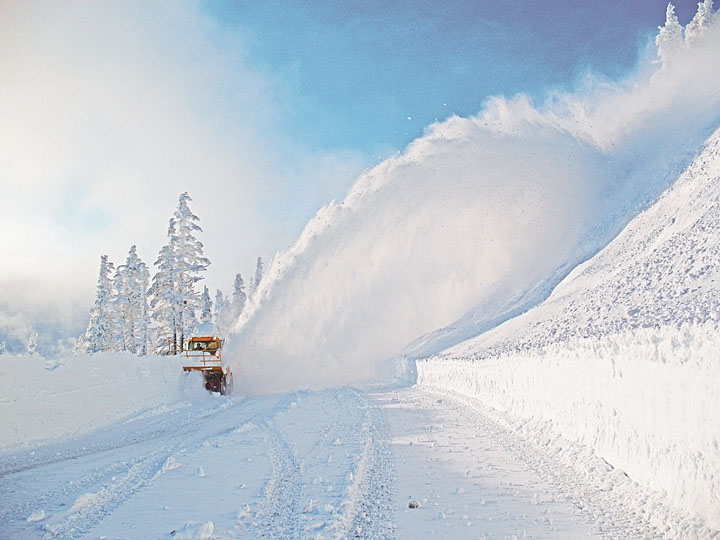OLYMPIC NATIONAL PARK — At our back door lie 1,442 square miles where everyone can come together, according to Rob Smith, the National Parks Conservation Association’s Northwest regional director in Seattle.
That observation frames what Smith calls the biggest reason Congress should adequately fund Olympic National Park.
“Even in these contentious times, the national parks are something almost everyone can agree on,” Smith said.
“Parks are places where people can come together. That’s worth putting some money into.”
The National Parks Conservation Association on Thursday decried what it said was a 60 percent shortfall in funds it says the park needs to serve its visitors.
The group, whose mission is “protecting and enhancing” the national park system, published Park on the Edge, which targets these specific needs:
■ Elwha River Restoration, where the report says “a relatively small amount of additional funds” could complete revegetation of the watercourse freed by removing the Elwha and Glines Canyon dams, and continue scientific monitoring and research on effects of the $325 million project.
■ Wilderness Coast, where “years of underfunding have taken their toll on weather-beaten trails” above the Pacific Ocean.
More funds for trail restoration could complete the repairs, the association said, and adding $200,000 could pay staff to maintain them.
■ Hoh Rain Forest, where a new visitor center opened with no new exhibits and only one ranger most of the year to greet and educate visitors, according to the pro-parks report.
■ Hurricane Ridge, now an even more popular destination due to low-country road closures from fall storms but where the lone access road can be plowed only three days a week during winter.
Another $50,000 annually could fund plowing the road an additional day all season, Smith said.
“We looked at those areas that everyone would agree on funding if the park had the money,” Smith said.
To view the whole report, visit www.npca.org.
Barb Maynes, park spokeswoman, said park officials hadn’t analyzed the entire report as of Saturday.
She referred to this response from April Slayton, Park Service assistant director for communications:
“Making significant progress to reduce the maintenance backlog in America’s national parks is one of the top priorities of the National Park Service as we enter the NPS Centennial in 2016,” Slayton wrote.
“In addition to discretionary funding in the Administration’s budget proposal, President Obama’s centennial legislative proposal would provide hundreds of millions of dollars in mandatory funding for the highest priority maintenance backlog projects over the next three years.”
The association timed its release to a week before a congressional deadline, Smith said.
Congress faces a Friday deadline for passage of a $1.1 trillion omnibus spending measure and possibly will have to enact a short-term funding bill to avert at least a possible government shutdown.
ONP is the most visited national park in the Pacific Northwest, Smith said, and supports the economies of Clallam and Jefferson counties.
Annual visits total 3.2 million, and the park generates $264 million in gateway towns like Forks, Port Angeles and Sequim, park officials have said.
As of June, visits had increased 40 percent, they have said.
“Yet it’s not immune from the cost-cutting and underfunding that plagues the National Park System,” Smith said.
“It’s time to reverse that, and the opportunity we have in 2016 is the centennial of the National Park System,” he said.
“It’s time to celebrate and reinvest in ‘America’s Best Idea,’ which is what filmmaker Ken Burns called it.”
It would take $2.5 billion to fund the system, $3 billion with add-ins to mark the centennial, according to the Park Service website, www.nps.gov.
Smith said that sum amounts to one-fifteenth of 1 percent of the federal budget.
“Supporting the national parks is peanuts,” he said, “and there aren’t even enough of them to go around.”
Smith emphasized that the conservation association thinks “the Park Service is doing a very good job with really inadequate resources.
“It’s really up to the rest of us to make the case to the appropriators, to Congress, that the parks need money.”
_______
Reporter James Casey can be reached at 360-452-2345, ext. 5074, or at jcasey@peninsuladailynews.com.

